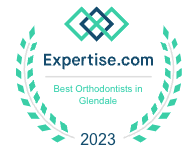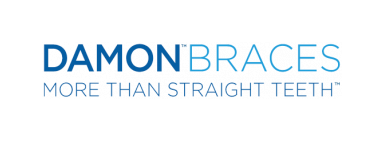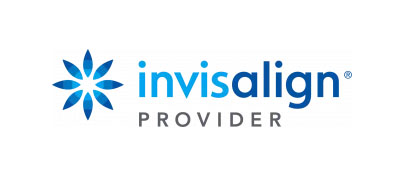Someone you know will inevitably end up needing dental braces and in a surprising number of cases, tooth extraction will be recommended to address misaligned or crowded teeth. If you’re thinking about braces for yourself or your child, you’ve probably wondered if the orthodontist will want to pull some teeth as part of the treatment process. The answer is that in most cases extracting teeth isn’t necessary – there are other options. So, if the orthodontist you’re considering recommends extracting teeth, get a second opinion.
In last week’s Friday Focus video, I talked about why I recommend not getting teeth extractions as part of orthodontic treatment. Since that video has gone live I’ve received several emails from people asking me to review their orthodontic treatment. After reviewing some of these orthodontic cases I’ve started to wonder whether some of these people are being properly treated, a doubt that I found very disturbing.
Let me explain . . .
In one case I saw photos of a patient that had teeth extracted and they clearly didn’t need extractions. All they needed was treatment to create the space required to move the teeth.
In another case, I saw photos of a patient that had been recommended extractions and luckily, they came to me for a second opinion, prior to getting the extraction, so we were able to avoid them.
Let me be explicitly clear . . .
95% of extractions are not necessary. A good orthodontist can straighten your teeth without extractions if the treatment process is properly planned.
When someone recommends extractions to you ask the following two questions.
Why are you recommending extraction?
Is there another way to achieve the same goal?
Worst-case scenario, if your orthodontist can’t give you the right answers, get a second opinion.
Now here’s why I believe that extractions are not necessary. In the following example, we’ll discuss extractions as it pertains to children.
If children are taken in for an early orthodontic screening at the age of 7, which the American Association of Orthodontists recommends, and are proactive about creating space, you can start to create a playing field for all the adult teeth to fall into. At E&S Orthodontics, we promote early treatment for children and I must admit that I’ve grown a bit tired of people telling me that we’re just trying to get more money, or that they read someone that it’s not necessary. Preventative early care via the phase one and phase two orthodontic treatment plans will help avoid tooth extractions.
Phase One
This phase helps guide the development of the jaw so that it can accommodate permanent teeth and improve the way the upper and lower jaws fit and align. Phase one treatment also reduces the need to extract permanent teeth. Once all the permanent teeth come in, phase two begins.
Phase Two
This phase often requires braces with treatment lasting 12 to 18 months. The goal of phase two is to make sure that every tooth is positioned in the exact location, in balance with the other teeth, tongue, lips and cheeks.
There are several reasons for seeking dental intervention early. One is to relieve crowding. This can cause dental protrusion (buck teeth) or loss of gum tissue or bone and can result in chewing problems. If the jawbone under the teeth is large enough, the orthodontist applies pressure to the teeth to move them inward or outward over time. If the jawbone isn’t big enough to accommodate the teeth, they might use expanders that slowly “grow” the bone. After age 16 this process typically doesn’t work because the bone solidifies.
In the case of children, if you forgo phase one treatment you can run into issues that include gum disease, teeth extractions, etc. In both adult and children’s cases, taking out the teeth can flatten a child’s, or an adult’s profile, flattening the upper lip as well and they’re going to end up looking terrible. The main purpose when you come into the orthodontist’s office is to, yes straight teeth, but to also improve your looks.
So, listen . . .
For every doctor who says you don’t need to do the two phases, I can show you a case where if we had started early and performed the appropriate treatments, we could have achieved a favourable outcome.
I’m just trying to offer cautionary advice here and while I’m not saying that there isn’t a place for extractions, I am saying that there are ways that they can be easily avoided. Basically, if you’re very proactive chances are good that extractions can be avoided.
While you’re not always going to find the answers online or in the handouts that your family dentist provides, we’ll do our best to clearly answer your questions, eliminating the unknowns. Feel free to contact us via our YouTube or Facebook pages or feel free to call to arrange for a consultation. At our state-of-the-art orthodontic facility, you’ll also have the opportunity to meet with highly qualified orthodontists who understand how to determine the most appropriate treatments.
See you at our next Friday Focus!



